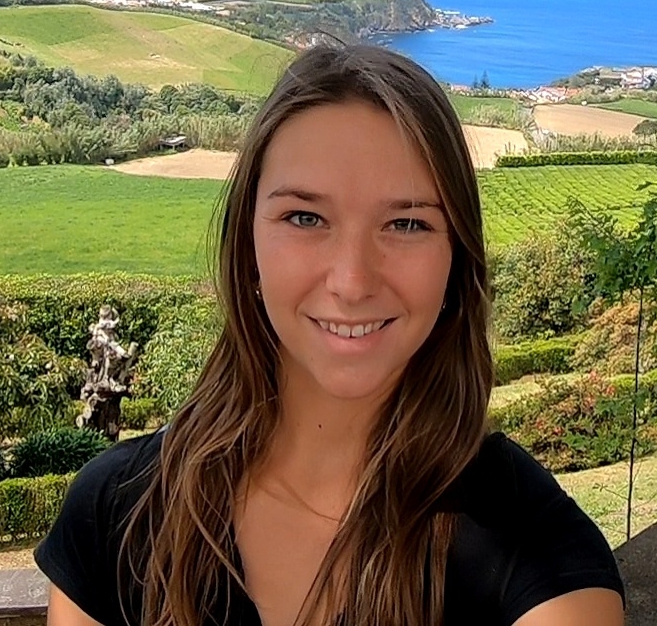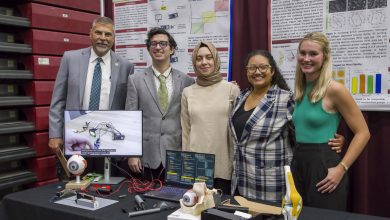Student Awarded Florida Space Grant Consortium Masters Fellowship
Kathryn Bock, a biomedical engineering graduate student, received the Florida Space Grant Consortium (FSGC) Masters Fellowship Program award to investigate the effects of low-dose, space-like radiation on bone cell function. This prestigious fellowship will provide Bock with a $10,000 stipend to work on her space-based research project during the 2022-23 academic year.

Bock joined Vipuil Kishore’s Functional Biomaterials and Tissue Engineering Lab at Florida Tech in Fall 2021 to work on a master’s thesis project at the intersection of biomedical engineering and space. Research in Kishore’s lab focuses on developing novel biomaterials and tissue engineering-based strategies for the betterment of human health. Over the last year, some new projects have focused on understanding the effects of different space hazards on human health with a goal of bringing long-duration space flights closer to reality.
The two main space hazards that will significantly impact astronaut health during long-duration space flight are microgravity and space radiation. While there is much published research on the effects of microgravity on bone function, less is known about how exposure to low doses of space radiation for extended periods of time will affect human health. Bock’s project should add to our understanding of the impact of chronic low-dose space radiation on bone cell function.
Bock first learned about the FSGC Masters Fellowship Program from Nashaita Patrawalla, a biomedical engineering Ph.D. student working in Kishore’s lab. Patrawalla is helping Bock with her research, which involves analyzing the effects on bone cell differentiation and function of radiation applied in one dose (as is currently done in most published literature) versus multiple, low-level radiation doses akin to the space environment.
This research is important because a mission to Mars, for example, including travel time to and from the planet and time spent on the surface, will take approximately three years. “That radiation exposure is not all in one day or one dose but spread out across the entire mission,” Bock said. “Exposing the cells to low-dose, chronic space-like radiation will more closely mimic what astronauts will experience in real long-duration space flight missions.”
“Our goal is to see whether we can simulate space-like radiation,” Kishore said. “For the experiments, we will use an x-ray tube to expose the cells to small doses of radiation every day, or every two days, for multiple weeks, and then vary the dose and see whether we can determine a threshold. How much radiation can the bone cells withstand and still function normally? And what is the threshold beyond which cell function is compromised?”
Knowing the permissible radiation threshold can direct development of effective countermeasures to ensure that the astronaut radiation exposure is within the threshold during long duration space flights.





